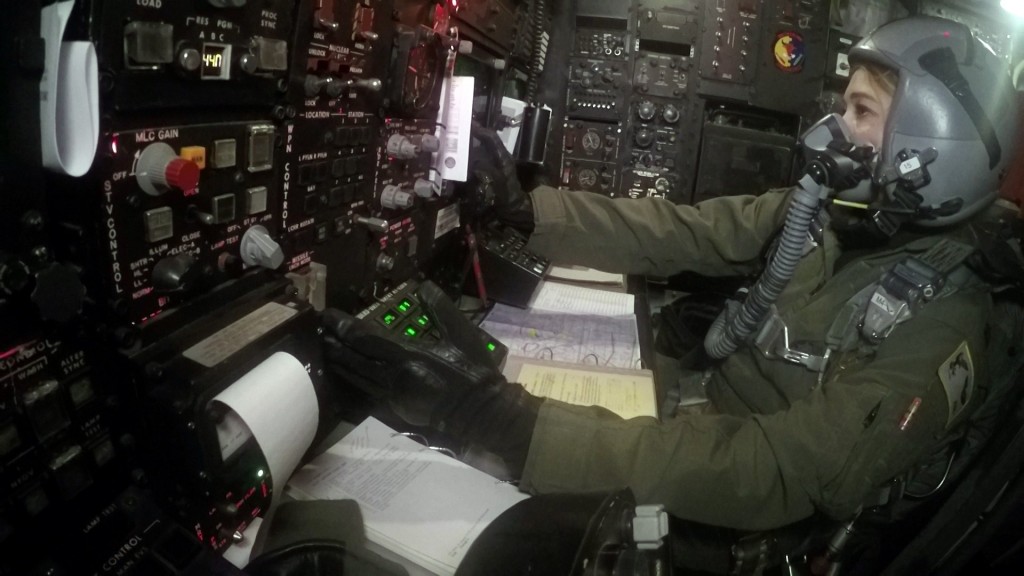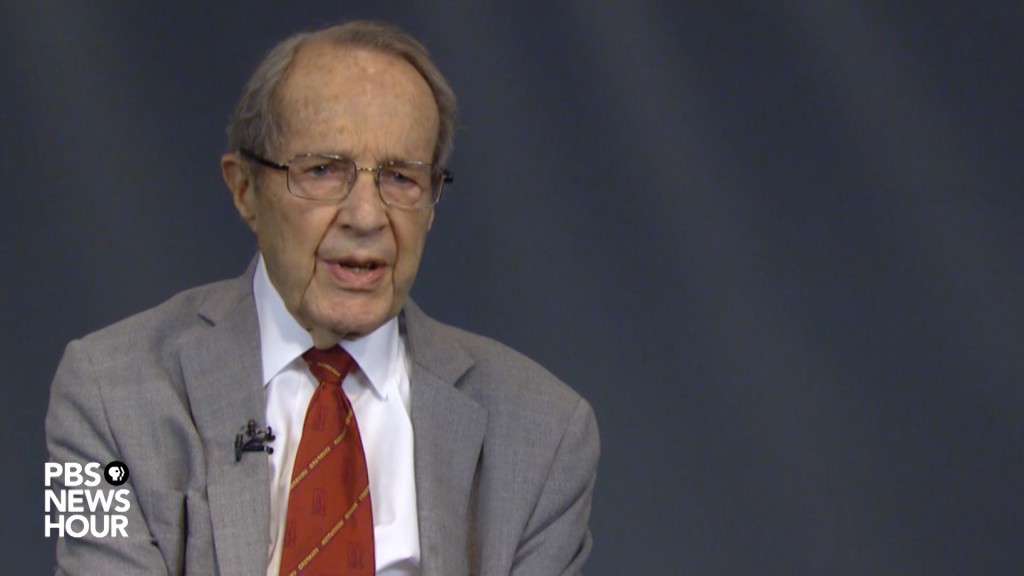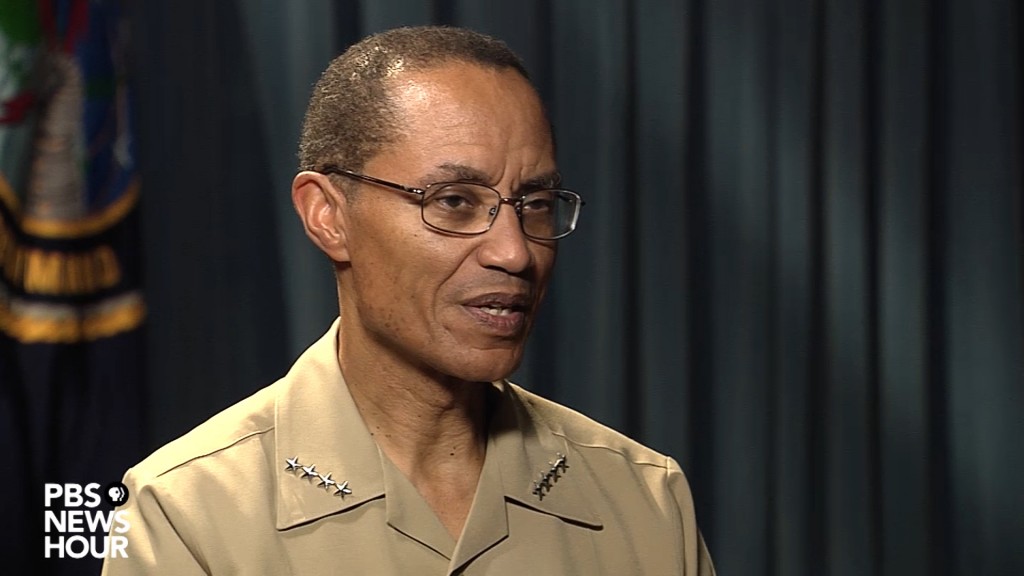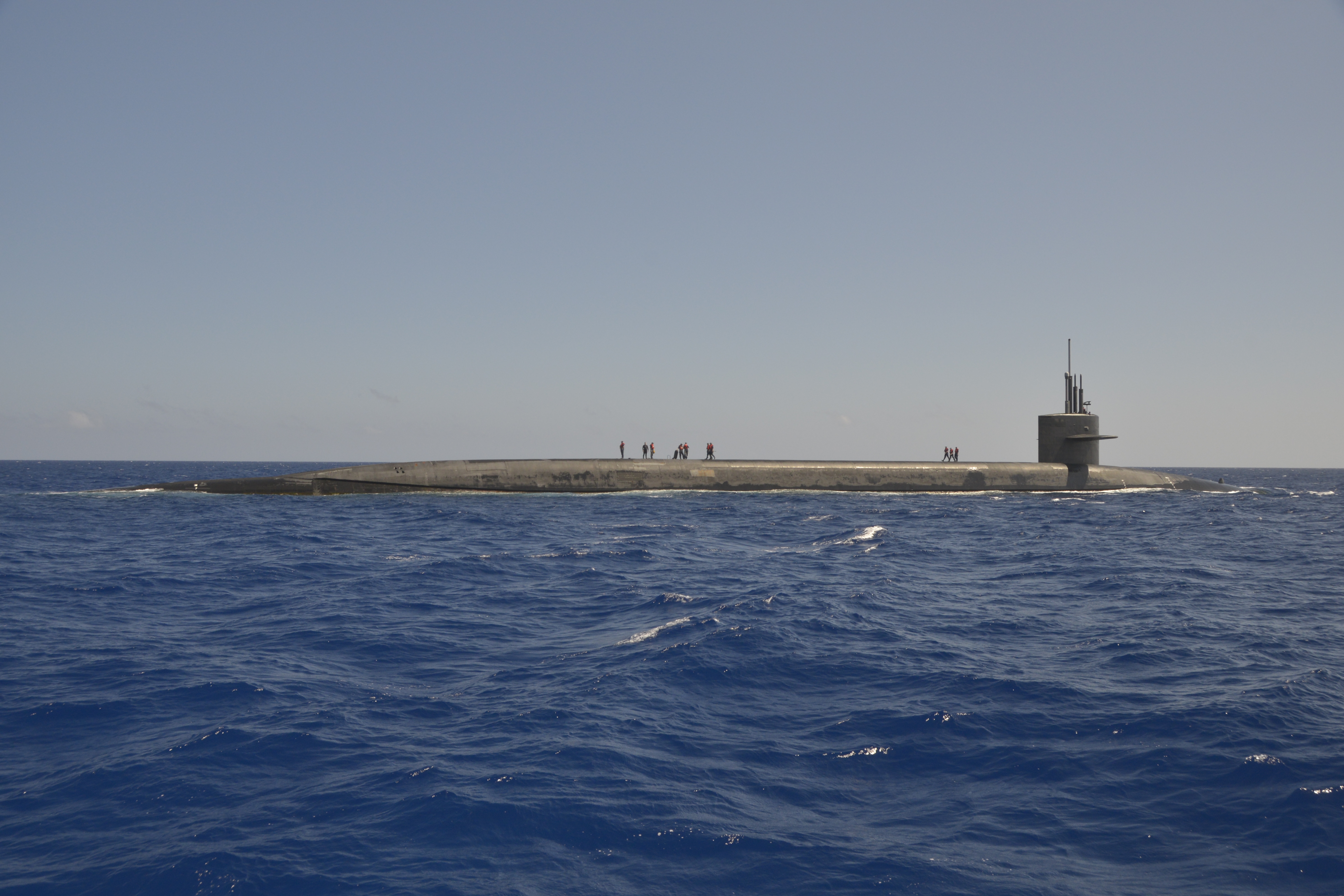Lesson Plan February 26, 2016
Analyzing Nuclear Arms Funding in the United States
Country:
Grades:
Questions for "Rearming: America's New Nuclear Arsenal"
- What is the nuclear triad?
- How long has the tried been a program?
- What is the purpose of the triad strategy?
- What is the argument against the triad?
- What are intercontinental ballistic missiles? (ICBMs) Where are most of them located?
Objective:
By the end of the lesson, students will be able to analyze how an author unfolds an analysis of the debate surrounding the U.S nuclear weapons program in order to write letters that communicate their positions on funding the nuclear triad.
Warm-up:
1. Write a short response to the following questions:
- What country do you think currently has the largest stockpile of nuclear weapons? Why do you think that country continues to have nuclear weapons?
- What do you think is the role of nuclear weapons today?
- How do you feel about potential cuts to the U.S. nuclear program? What about increases?
2. Read the attached project description for "Rearming: America's New Nuclear Arsenal" and consider the following:
- What arguments support continued funding of the nuclear program?
- What are the arguments against it?
3. Predict how you think the author may feel about the issue. Make a list of people you think the author will likely interview to investigate both sides of the argument.
Introducing the Lesson:
Today's lesson will explore how an author unfolds an analysis of a complicated issue: The funding of a nuclear weapons program that would cost nearly $30 trillion over 30 years.
As part of the lesson, you will review five videos from PBS NewsHour.
- First, watch "As Pentagon Overhauls Nuclear Triad, Critics Advise Caution" and answer the questions attached.
- Watch the other four videos in any order you choose.
- For all four resources, create a chart that reviews the following:
- Who is interviewed as part of this resource?
- What do the people interviewed think about funding nuclear weapons?
- Based on the structure of resource, do you think the author presents an opinion? Which side of the argument is most convincing to you? Keep track of the evidence that is interesting to you.
Here is an example of a chart you can use:
| Interviewee | Opinion on funding the nuclear program | Evidence |
Reflection:
Write a short analysis of how the authors unfold their analysis of the project. Address the following in your analysis:
- Do you think the piece offered equal amounts of evidence supporting both sides of the argument?
- Why do you think the authors structured the order of the interviews the way they did?
Extensions:
Option 1. Write a letter to a member of Congress in your state that uses evidence from "Rearming: America's New Nuclear Arsenal" to articulate whether or not you agree with funding to support the nuclear triad.
Option 2. Create an outline for a television news piece that structures the interviews in a different way. Consider the following:
- How could you reorder the interviews to communicate a different point?
- How would you order the interviews to present an argument fully for or against funding the nuclear arms project?
The following lesson plan and classroom resources invite students to analyze how authors unfold an analysis of the debate surrounding the U.S. nuclear weapons program. Students will examine six online reporting pieces from PBS NewsHour and analyze how the authors structured the order of their interviews. They will then use the evidence gathered from the videos to write a letter or presentation articulating their own opinion of whether or not to continue funding nuclear weapons in the U.S.
CCSS.ELA-LITERACY.RI.9-10.3
Analyze how the author unfolds an analysis or series of ideas or events, including the order in which the points are made, how they are introduced and developed, and the connections that are drawn between them.
Lesson Facilitation Notes:
1. The lesson plan is written for students to be able to explore the resources independently and reflection exercises independently.
2. Students may need to have an extra sheet of paper, or a blank online document open, to answer the warm up, comprehension and extension questions.
3. The lesson lists several extension exercises. Students could choose one or work through all of the listed exercises.
4. The warm up and post-reading reflections in this lesson could also lead to rich conversations. You may want to work through the lesson along with the students and denote moments for interactive activities.
5. With questions about this lesson, contact [email protected]











